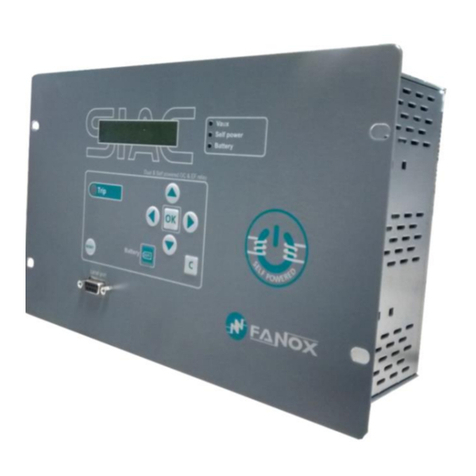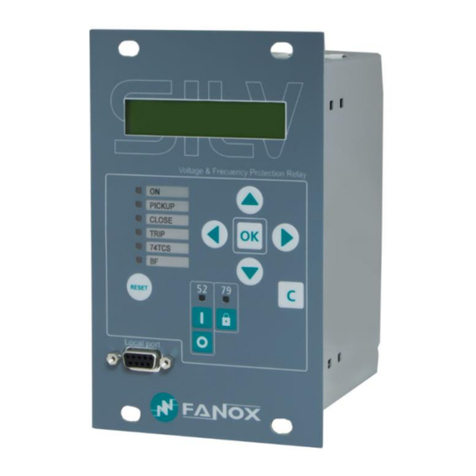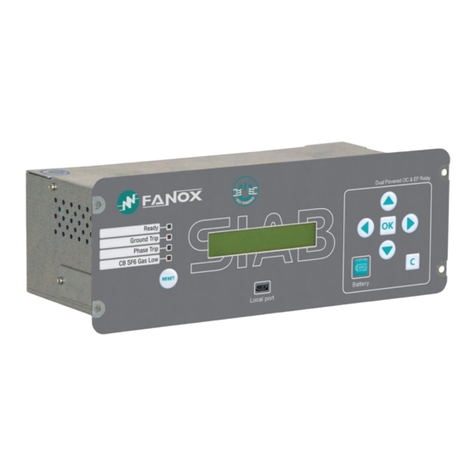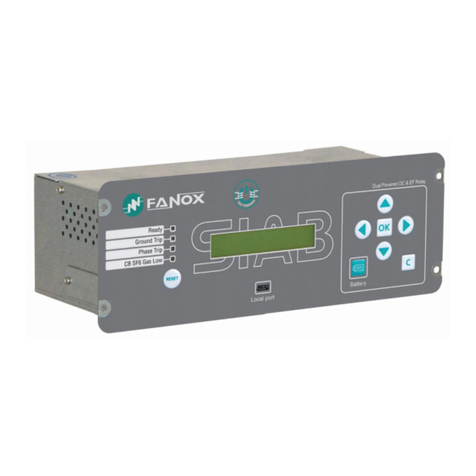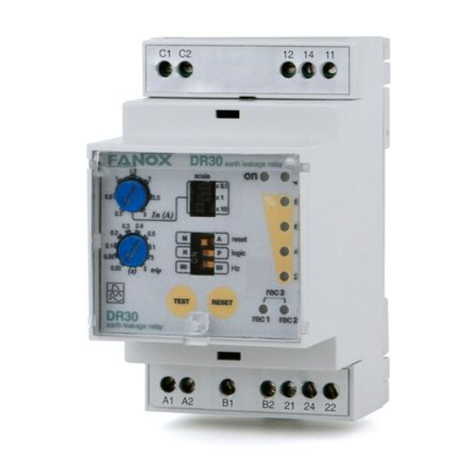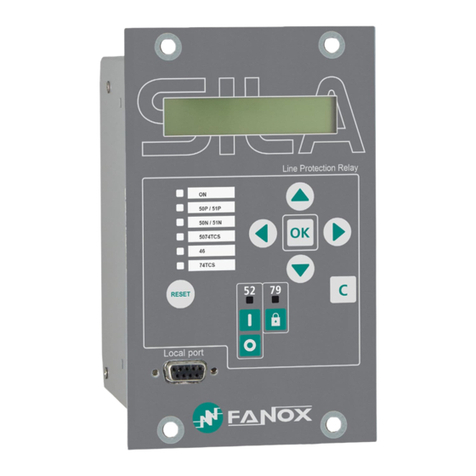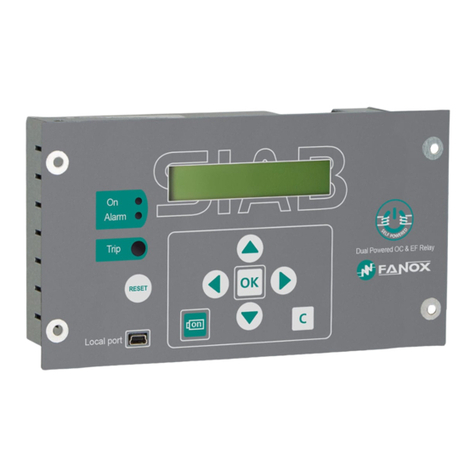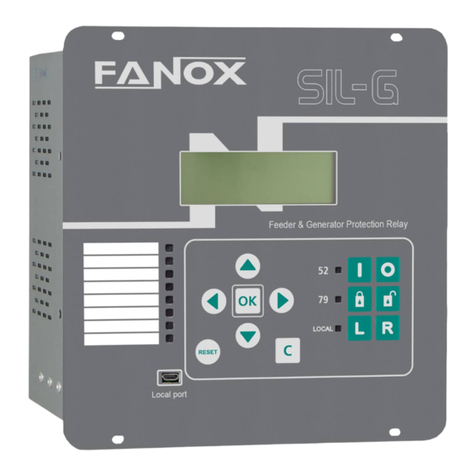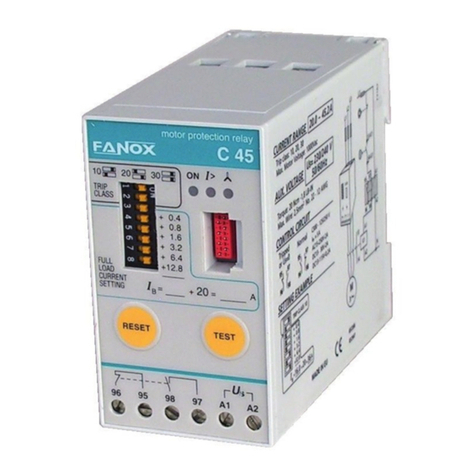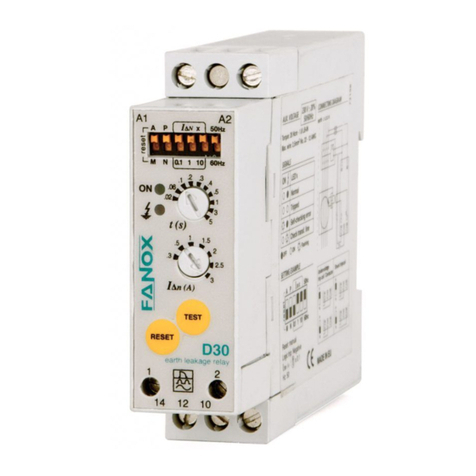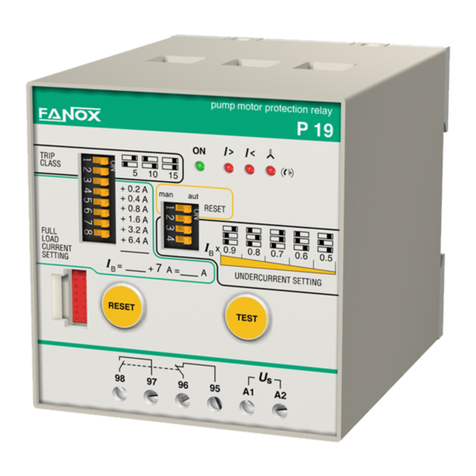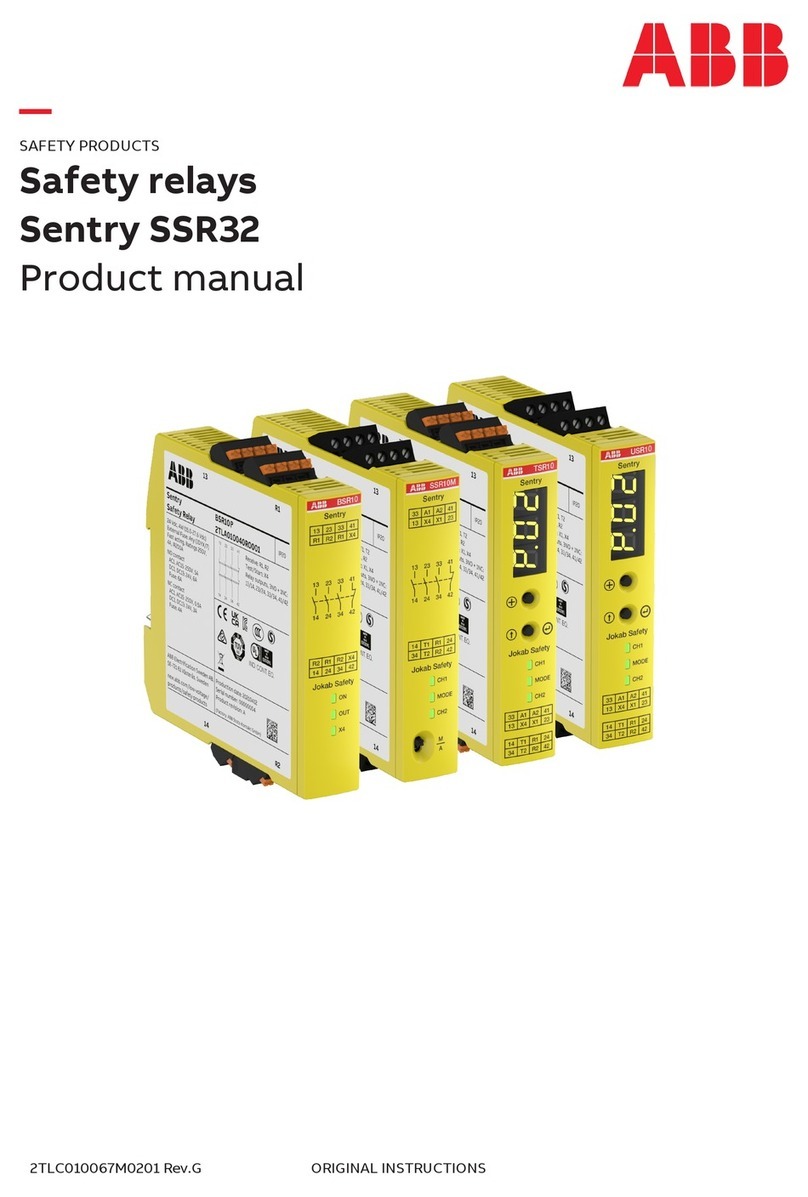www.fanox.com Rev.06 4/226
7.6.6. Versions ........................................................................................................................ 103
7.6.7. Communication parameters.......................................................................................... 104
7.6.8. Contrast......................................................................................................................... 104
7.6.9. Test Menu ..................................................................................................................... 105
7.6.10. Functional Menu............................................................................................................ 109
7.6.11. Measurements Menu .................................................................................................... 110
7.6.12. Status Menu.................................................................................................................. 112
7.6.13. Settings Menu ............................................................................................................... 135
7.6.14. Events Menu ................................................................................................................. 152
7.6.15. Counters Menu.............................................................................................................. 154
7.6.16. Commands Menu.......................................................................................................... 154
7.6.17. Demand menu............................................................................................................... 159
7.6.18. Fault report menu.......................................................................................................... 160
7.6.19. Input, Leds, logical outputs and physical outputs configuration Menu. ........................ 161
8. MODBUS RTU PROTOCOL ................................................................... 165
8.1. ModBus package format................................................................................................. 166
8.2. Function codes................................................................................................................ 166
8.3. Exemptions an error answers........................................................................................ 167
8.4. Data type .......................................................................................................................... 167
8.5. Memory map .................................................................................................................... 168
8.6. Commands map............................................................................................................... 178
8.7. Examples of Mosdbus frames........................................................................................ 178
9. IEC 60870-5-103 PROTOCOL ................................................................ 179
9.1. Physical layer................................................................................................................... 179
9.2. Application layer.............................................................................................................. 179
10. IEC 61850 PROTOCOL........................................................................... 187
10.1. Data model ....................................................................................................................... 187
10.2. Services............................................................................................................................ 193
10.3. Operation.......................................................................................................................... 196
11. DNP 3.0 PROTOCOL.............................................................................. 197
11.1. Device profile document................................................................................................. 197
11.2. Implementation table....................................................................................................... 201
11.3. Point list ........................................................................................................................... 202
11.4. DNP3 protocol settings................................................................................................... 205
12. MODBUS TCP PROTOCOL ................................................................... 206
12.1. ModBus package format................................................................................................. 206
12.2. Function codes................................................................................................................ 207
12.3. Exemptions and error answers...................................................................................... 207
12.4. Data type .......................................................................................................................... 207
